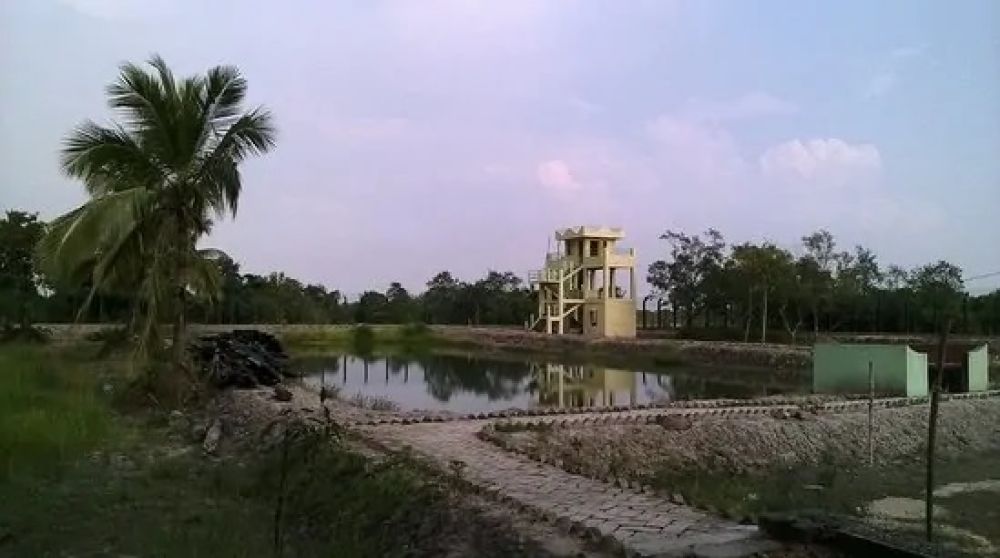

The Sundarbans, located in the delta region of Padma, Meghna, and Brahmaputra river basins, is a natural wonder, mainly known for its vast mangrove forests and rich biodiversity. The history of tourism in this region dates back to when curious adventurers and nature enthusiasts began exploring the dense forests, braving the hazards of the wild. Over time, the area gained prominence for its unique ecosystem, eventually leading to the establishment of the Sundarbans National Park in 1984, acclaimed as a UNESCO World Heritage Site in 1987. This recognition has significantly boosted tourism, drawing visitors from around the globe.
One of the primary attractions in the Sundarbans is the Netidhopani Tower and Ruins, an enigmatic historical site that tells tales of a bygone era. Observers from the tower can immerse themselves in the panoramic views of the surrounding forest and spot the elusive Royal Bengal Tigers, axis deers, and other wildlife. Below the watchtower lie the mysterious ruins of a 400-year-old temple linked to local legends and folklore. While the exact history of Netidhopani and the origins of its ruins remain partially shrouded in mystery, the site is a major draw for tourists seeking to combine ecological marvels with historical intrigue.
As the focus on sustainable and eco-friendly travel has risen, Sundarbans has seen a shift in tourism trends towards conservation-led experiences. Responsible tourism that supports local communities and protects the natural habitats is more significant than ever, with many tour operators now offering specialized itineraries that cater to eco-conscious travellers. Additionally, wildlife photography, bird-watching expeditions, and cultural tours to local villages have become popular activities that allow visitors to appreciate the biodiversity and human heritage of the region in a respectful manner. There is also a growing trend in using technology for virtual tours, which aims to educate people worldwide about the importance of mangrove ecosystems without impacting them physically.
The COVID-19 pandemic impacted global tourism significantly, and Sundarbans was no exception. There was a notable surge in domestic tourism as international travel restrictions were instated, prompting locals to explore the natural beauty in their own backyard. As travel norms continue to evolve in the post-pandemic era, Sundarbans remains a favoured destination for those seeking solace in nature and adventure in the great outdoors.
The Sundarbans offers a journey through serene waters, mangrove-lined horizons, and the whispers of history among ruins, making the Netidhopani Tower a centerpiece of intrigue and natural splendour. The region's tourism history is intricately tied to the conservation of its environment and cultural heritage, reflecting a growing trend towards sustainable travel experiences.